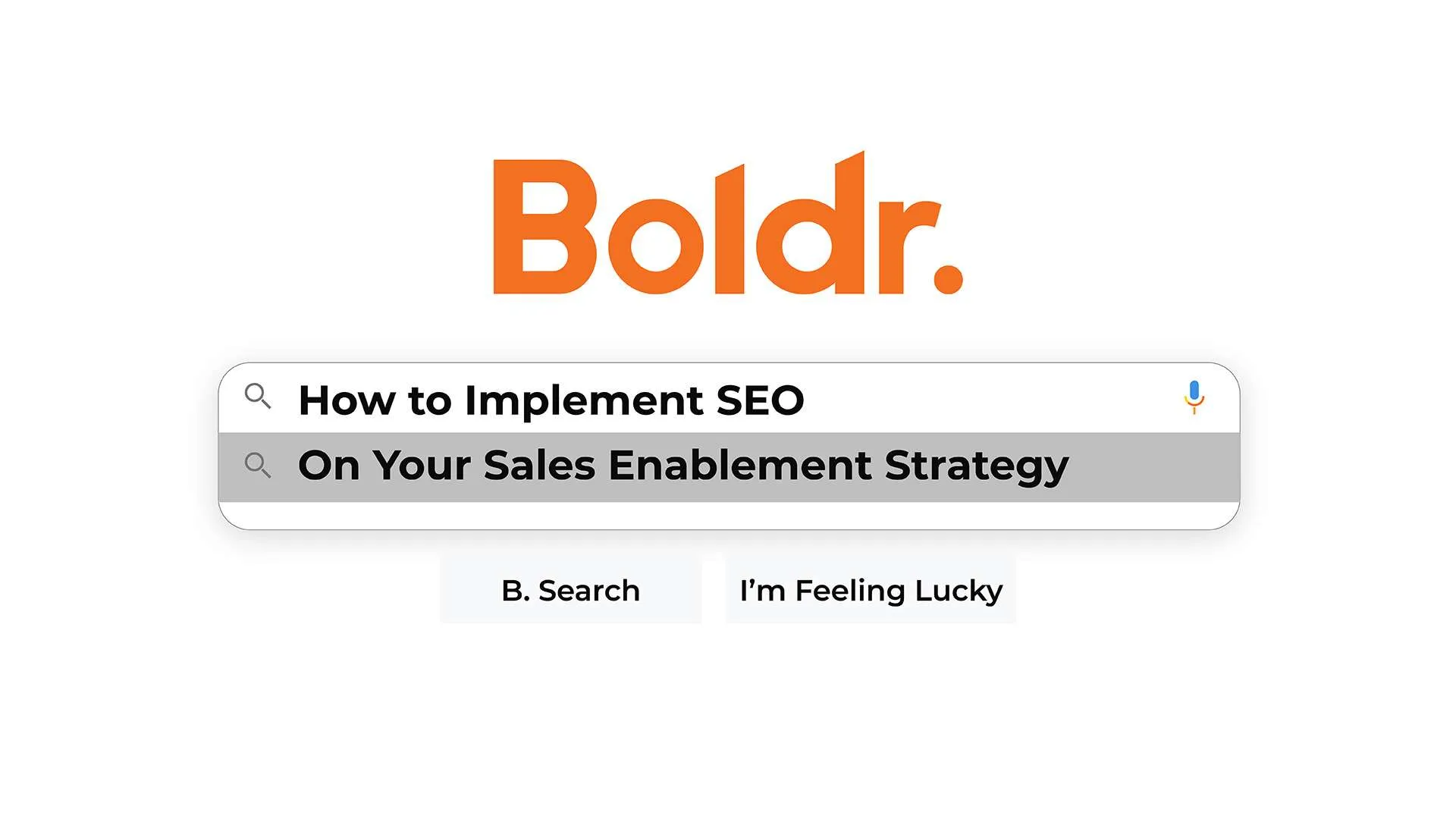A quick search on Australian companies and outsourcing to the Philippines results in a Google first page featuring articles from 2007/8, 2013, and 2015. It’s telling that articles written at a time when Kevin Rudd was Prime Minister still dominate search results.
It doesn’t mean they still should.
Times have changed dramatically since 2007, 2013, and 2015. Times have changed dramatically since Australia Day 2020! 2020 alone has witnessed a number of seismic shifts globally (thanks to COVID-19) and socially (as a result of social politics in the United States and the global response to ending racism).
The world has changed. Based on the two examples above, not always for the better.
Australia’s position in the startup ecosystem has changed too, but in this case, only for the better.
Australia now has two of the top 50 most startup-friendly cities in the world between Sydney and Melbourne (and three in the top 100 if you add Brisbane). Add the runaway success of some incredible unicorns, like Atlassian, Canva, and Nearmap, with a more focused funding approach to Australian companies is what makes Australia a Top 5 country and startup ecosystem.
Look more closely, and you’ll see the success of companies like Deputy and SiteMinder, which benefited from excellent investments at the early stages from local venture pioneers like Equity Venture Partners, which have since gone on to raise larger rounds from well respected US venture firms.
More capital means greater growth, greater pressure, and greater expectations. As the Aussie startup ecosystem has taken flight, the strategies and tactics Australian companies are exploring to pursue growth have changed and evolved.

Outsourcing to the Philippines is About More than Just Reducing Costs
Outsourcing as a key strategy and tactic, as Google Search indicates, still appears to be framed in an outdated mindset from 5, 10, even 15 years ago. One that given all the change Australia (and the world has experienced) no longer holds true.
Modern Australian companies understand that successful outsourcing is more than a cost-management decision. It’s a strategic decision to partner with an organisation who can help your company find immediate cost-savings. At the same time, achieve scale and long-term growth (team, ROI, impact, you name it) in new markets around the world. Markets and talent these companies may never otherwise have had access.
Outsourcing has gone from something Australian companies were sceptical and unsure of, to something they’re increasingly relying on as an arrow in their quiver.
Outsourcing customer support. Outsourcing sales support and enablement. Outsourcing data entry and data analytics. Outsourcing business processes that you want to test and experiment, complete quickly without distracting your existing team, take a process to scale, or, build a completely outsourced team to handle that entire business function.
These are all ways Australian companies have creatively worked with outsourcing partners in recent years. With increasing requirements for a more flexible cost basis, with the need for a quickly deployable strategy to scale quickly, and with the demands of customers requiring more and more immediate responses to any and all inquiries, Australian companies are seeing the value of partnering with companies who specialise on building these capabilities for you.
To Australia’s benefit, one of the greatest markets for outsourcing exists at an enviable proximity: the Philippines.

Outsourcing 2.0: Fixing What’s Broken with the Original Outsourcing Model
As mentioned earlier, one of the top articles on outsourcing to the Philippines is from 2015. When it calls out some of the top reasons Australian companies look to outsource, you can tell that the article was written in 2015. Emphasising “lower operating costs,” “access to global markets,” and “increased productivity” are the kinds of priorities that gave outsourcing a bad name in the first place.
The fundamental reason traditional outsourcing is met with such scepticism is because of the emphasis on things like lowering costs. Historically, companies have outsourced because they thought they would see the lowered costs while assuming the teams would scale as other teams within their organisation had.
Would you build a team solely based on these reasons? Most likely not; you’d also think about the long-term contribution of these team members and their alignment to your values and their ability to grow with your business while representing your company well.
Those same rules apply to the best outsourcing partnerships, not just to your internal hiring and team-building strategies.
Which is why the traditional outsourcing model has fallen apart. Companies would see the initial cost savings from moving to a lower-cost market; but within six months, the teams would hit a ceiling and flatline. Any gains by the team would be offset by incredible team turnover meaning instead of focusing on growing teams and taking on new and higher-value work, companies are investing time in rehiring, retraining, and replacing team members.
“Outsourcing customer support seemed like the best option for us moving forward. We could entrust this vital function to an expert customer service partner. On top of this, we could scale much easier than if we hired and trained internally amid the rapid growth phase we are experiencing.”
—Poppi Kuropatoff, Team Lead for Customer Experience at Urth
The old approach to outsourcing—exploiting low cost labour markets, extracting value without building capacity—hasn’t worked in a long time. The solution required an elevation of the purpose of outsourcing. Enter companies like Samasource, CloudFactory and Boldr who have acknowledged that building the best outsourcing team means building a culture where those team members feel included and not outsourced. Invested and not exploited. Inspired and not pigeon-holed.
Also read: Evolution of Business Process Outsourcing: From Tactical to Human-Centric
Today, outsourcing is about “short and long-term ROI,” “global talent and perspective as an extension of your team,” and “a long-term partnership to power scale and growth.” The result is a committed and growing segment of the industry, crafting an approach to outsourcing that has transformed the industry while creating a positive holistic impact.
The best outsourcing partners also start by doing the necessary, critical, important—but often “unsexy” things well, like writing a great job description. Or thoroughly documenting a process, so you have a baseline against which to adapt, evolve, or optimise.
“The thing that I would say surprised us was the amount of process documentation they have created for us. Essentially, rather than just ‘doing the job,’ they are creating long-term documentation and processes. This makes it easier for our business and our partnership to grow and develop. Their approach always elevates the quality of our processes and is much appreciated and valued.”
—Dimity Redcliffe, Head of Operations at Coassemble
Modern outsourcing also relies less on exploitative practices and benefits much more on creating meaningful value for the companies outsourcing, the people doing the work on the front lines, and the communities where they work. The events of 2020 have only served to elevate the importance of values as critical to any company’s outsourcing decision.

Is Our Company Ready to Outsource Work?
One of the biggest pieces of feedback we have heard from prospect and client conversations about outsourcing work is less about a willingness to do it (most are), and more about a question of readiness.
- Is our company big enough to consider outsourcing?
- Is this function too important for us to outsource?
- Will we lose insights, information, and opportunities to improve if we outsource?
Years ago, when outsourcing was focused on massive scale and reducing costs, the answer to the above in some cases may have been yes. Resoundingly so.
But that isn’t the case anymore.
Outsourcing today is about finding the best way to get the work you need done. All work a company does starts with an impetus, a need, or an opportunity. Once that has been idealised, the next step is to apply constraints. As our Boldr President, Suneet Bhatt often evangelises, before you can plan for how you want to achieve something, you need to understand the constraints that set the playing field. All of which boil down to three primary factors requiring clear answers from you:
- How much money do you have to invest in pursuit of this idea?
- How much time do you have to get this idea up and running and to be successful?
- What kind of values will dictate how you approach this work?
Once you’ve identified those three things, you effectively have an RFP, and the approach applies to work of all sizes and scales such as:
- A need to migrate data from one SaaS tool to another in a finite period of time
- A desire to ramp up and scale a customer support team to provide 24/7 coverage while maintaining high levels of CSAT
- A mandate to run a growth experiment to determine the viability of a new product, feature or pricing strategy to inform future growth investments
- A surge in demand to your sales and support teams—from beyond your control—requiring staff augmentation for an unspecified period of time
Also read: Outsourcing with Boldr – Case Studies
Each of the examples above is a prime candidate for outsourcing. By defining your budget, your timeframe, and your values, you can quickly RFP a group of Outsourcing Partners and see if anyone comes back to you with a solution and an approach that fits your values and priorities.
Gaining confidence in outsourcing is best done by exploring the opportunities afforded you, and pursuing outsourcing when the fit is the best overall decision—based on budget, time, values— for your company. Not unlike how you’d make a hiring decision or a decision to implement a new SaaS tool.

Case Study: Urth + Sustainable Camera Accessories + Outsourcing to the Philippines
Urth, formerly known as Gobe, is an Australian-based creator of sustainable camera accessories (think beautiful camera lens filters, cleaning kits, and lenses) who takes their social impact further by planting five trees for every product sold. Urth’s mission is to help people spend more time in nature with a camera in hand because they believe art can be a powerful voice in the global conversation around sustainability and climate change.
When it came time for Urth to explore migrating eCommerce platforms (Shopify) while also implementing an altogether new help desk (Gorgias), Urth evaluated a variety of pathways forward.
“We needed a more sustainable, scalable solution to support a growing number of queries that our internal team could not efficiently manage on their own. As our audience and sales grow, the need for support grows with it. For a small team like ours, it’s become challenging to keep up with the demand for customer service alongside the other projects that require our focus.”
—Poppi Kuropatoff, Team Lead for Customer Experience at Urth
Outsourcing was something completely new to the Urth team. Still, as they began exploring and researching, Urth quickly realised that outsourcing was not only a viable option but a mission and values-aligned one.
Learn more about Urth’s decision to outsource to Boldr in the Philippines.
Expert Insight: Cheryl Mack + Australia Startup Expert and Long-time Fan of Outsourcing to the Philippines
Urth’s experience thus far has been as expected, but Cheryl Mack has a clear point-of-view on what’s gotten in the way historically with Australian companies thinking of outsourcing.
“The fear of outsourcing definitely tops the list. Most companies would try it out without prior knowledge, put all their trust in an outsourcing company, and experience all these horror stories of operations getting out of hand or getting scammed. But these testaments only show that outsourcers need to be accountable for their decisions too. Those who succeed go out of their way to seek guidance, understand how outsourcing really works (and why it does not work for some), and discover their options.”
—Cheryl Mack, National Head of Community at Stone & Chalk
Through her incredible experiences at Freelancer.com, leading Australia’s largest startup conference, Startcon, and now at Stone & Chalk, Cheryl isn’t surprised to see more Australian companies explore outsourcing. It’s a combination of the maturity of the Australian startup ecosystem as well as an evolution of outsourcing itself.
That maturity is why important Australian companies who had bad initial experiences are revisiting outsourcing and opening their eyes to the new, modern, and more evolved approach to outsourcing. One that is less about the exploitation of local workforces and shifting costs to lower-cost labour markets, and more about finding a strategic partner who can cost-effectively grow alongside your team and scale quickly while complementing your skills and culture.
It’s also about finding the best ways to compete locally while setting yourself up to quickly capitalise on new opportunities as they present themselves—new product extensions, new growth experiments, unplanned events (like maintaining service levels during a pandemic!), or finding a way to deliberately move into a more global market.
Case Study: Coassemble + Giving Outsourcing to the Philippines a Second Chance
Coassemble, the Award-Winning Learning Management System (LMS) that calls Newcastle and Sydney home (with additional offices in the United States), revisited outsourcing after having a bad experience the first time around.
Similar to Urth, there was a compelling internal need to support growth with the most effective strategies. Unlike Urth, this wasn’t Coassemble’s first attempt at outsourcing. As a result, they realised that if they couldn’t make outsourcing work, they’d have to explore a material investment in an internal team.
High pressure. High motivation.
“We had tried outsourcing before. Unfortunately, it was unsuccessful. Looking back, though, I don’t think outsourcing was the failure. As an organisation, we weren’t ready to support an outsourcing team and provide them with clear direction and details of how we wanted them to function as our extended team. This time around, we were ready and excited to try outsourcing again.
We knew that we couldn’t continue to hire internal staff members to service our growing customer base, and it was time to see if outsourcing could help. If it would help, now is the best time to try. If it failed, we’d know that we need to start making a huge investment in an internal team.”
—Dimity Redcliffe, Head of Operations at Coassemble
Coassemble’s mission is to help you “unleash your training and reach your people”.
Outsourcing is helping Coassemble unleash its people and reach its opportunity.
By outsourcing functions that allow Coassemble to focus on its core strengths and competencies, the business is seeing excellent growth. It is even positioned to work with its partners to pursue altogether new business lines and revenue opportunities that would not have been possible if they had to hire full-time staff early.
Learn more about Coassemble’s outsourcing experience in the Philippines.
With larger and more consistent access to capital, Australian companies are now seeing outsourcing less as a necessary evil—a way to reduce costs—and more as a way to strategically experiment, explore, and expand. Outsourcing is more and more about connecting opportunities and needs, to excellent, vetted, qualified, and motivated global talent.
Exciting companies like SellCrowd are building platforms specifically to help global companies, not just Australian companies, build more flexible and more on-demand workforces. Sydney-based SellCrowd leads with a global marketplace of over 5,000 pre-vetted sales professionals, as well as easy tools for building prospect lists and lead generation.
“Lack of consistent outreach and follow up is what kills sales growth for most small companies. We make the sales investment easy for startups,” said SellCrowd co-founder Lloyd Perry.

Modern, Impact-Outsourcing Companies are Ready to Serve The Great Southern Land
As Australian companies continue their incredible ascent, the new, evolved, and more strategically aligned approach to outsourcing is an essential arrow in your quiver. Find the right partner and join the ranks of Urth, Coassemble, and many others who have found outsourcing partnerships to be jet fuel.
Related Read: Building a Global, Purpose-Driven Outsourcing Organization
Equipping them to hit new heights, at breakneck speeds, and with an ROI that traditional team-building approaches would struggle to achieve. Outsourcing is not a silver bullet; but it is an important arrow in your quiver, ready to be strategically deployed when you and your business are ready.
Top 7 Takeaways for Australian Companies Looking to Outsource
1. Understand your constraints
Boldr President, Suneet Bhatt, is notorious for putting any decision and opportunity against three constraints: (1) how much money you have to spend, (2) how much time you have to work with, and (3) what kind of values you want to see honoured during the process. Alignment against these three means you’ve taken an excellent first step.
2. Collaborate on your RFP
Start by writing your own RFP based on what you know. To fill in the gaps, and create a more thoughtful RFP, ask your potential outsourcing partners to respond while also including proposals not referenced. You’ll quickly and effectively crowdsource the best RFP possible from a team of committed and motivated experts.
3. It’s not outsourcing. It’s team-building.
Think of outsourcing like you would think of building any other team at your company. Prioritise your values and your culture, as well as ongoing onboarding to ensure you find a team that is effective early and grows with you long-term. And then, be clear about the role you will want to play in the process.
4. Prioritise mutual trust and confidence
Openly and transparently share expectations, feedback, and also, empathy for the team taking on your work and representing your company. Make people feel safe and valued, and your relationship will elevate.
5. Focus on the Implementation Plan
Creation of job descriptions. Documentation of processes. Understanding tone and voice. Auditing systems. Doing all of these things well lays a strong foundation for long-term success. Not doing these things well is one of the primary reasons outsourcing partnerships fail.
6. Build a KPI dashboard together
Early in your review process and at the start of your implementation process, dedicate a session to what your reporting dashboard (KPIs) will look like when you launch. What metrics will be included, what are tolerable ranges, and what are unacceptable ranges.
7. Pre-set the cadence
Daily reports. Weekly meetings. Monthly reports. Quarterly reviews. Just as you’ve now done for your KPIs, set clear expectations and cadences for communication across a variety of asynchronous and synchronous check-ins.
Bonus Pro-Tip: Don’t disqualify an outsourcing partner until you’ve asked them a question. The best outsourcing partners are focused on collaboration. They will often believe in working with you to get started because of the confidence they have in their ability to prove their value, build your confidence, and embark upon a longer-term relationship together.


